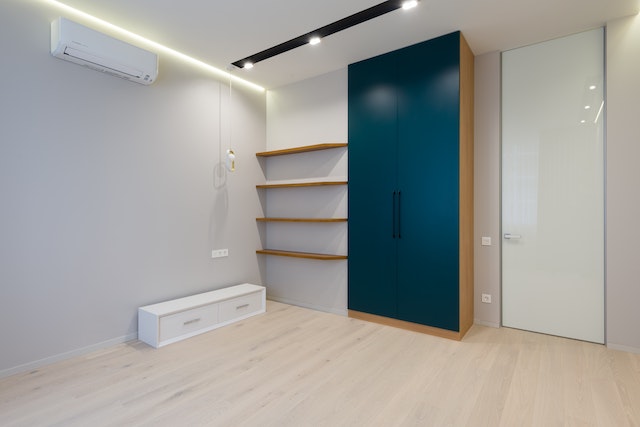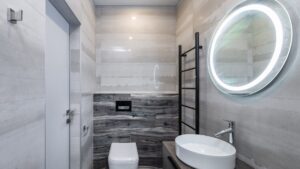Evaporative cooling in Melbourne is gaining popularity as one of the preferred ways for residents and business owners to cool their homes or workspaces over conventional cooling methods. Evaporative cooling utilises the natural process of evaporation to rapidly cool indoor temperatures and improves indoor air quality. Some of the biggest benefits of switching to evaporative cooling include its cost-effectiveness, energy efficiency and environmental friendliness. However, there are also some drawbacks associated with evaporative cooling that should be weighed up against the benefits before making any final decisions on whether or not it’s the right cooling system for your home or business. This article will explore how evaporative cooling works and take a look at the pros and cons of evaporative cooling in Melbourne, helping you to decide if it’s the right choice for you.
How Does Evaporative Cooling Work?
Evaporative cooling in Melbourne works by drawing warm air through vents and pushing it over cold water-saturated pads. As the air passes over these pads, the water evaporates, cooling the air before it’s circulated back into the building. The cooled air provided by an evaporative cooling system can also be pushed through the building using other cooling appliances, such as fans, providing increased efficiency and noticeable relief from hot temperatures fast.
The Pros of Evaporative Cooling
One of the biggest benefits of evaporative cooling in Melbourne is its cost-effectiveness, especially when compared with other conventional types of HVAC systems. This type of system uses significantly less energy than traditional air conditioners, which will save you money on your energy bills over time. Evaporative cooling systems also generally require minimal maintenance, which reduces the cost of maintaining the appliance over its lifecycle. Evaporative cooling systems are also noted for being very eco-friendly, as they don’t use any refrigerants or other chemicals in their cooling process which can be damaging to the atmosphere.
The Cons of Evaporative Cooling
Although evaporative cooling in Melbourne has many advantages, there are some drawbacks associated with this type of system as well. One of the main drawbacks is that it’s not suitable for all climates. In areas with high humidity, evaporative cooling will not be as effective as traditional air conditioning systems, as the moisture in the air will prevent evaporation from occurring efficiently, or even at all. Evaporative cooling systems can also require regular minor maintenance such as cleaning out of filters and replacement of pads to ensure they continue to work properly. This may not be favourable if you generally run on a tight schedule.
Conclusion
Evaporative cooling in Melbourne can be a great energy-efficient and cost-effective way to cool down your home or business. However, it may not be suitable for all climates due to its reliance on low humidity levels for effective cooling. The regular minor maintenance associated with these systems may also be a dealbreaker for those who simply may not have the time to tend to these tasks. Overall, evaporative cooling can be a great option for those looking for an eco-friendly and cost-effective way to cool down their home or workspace.




